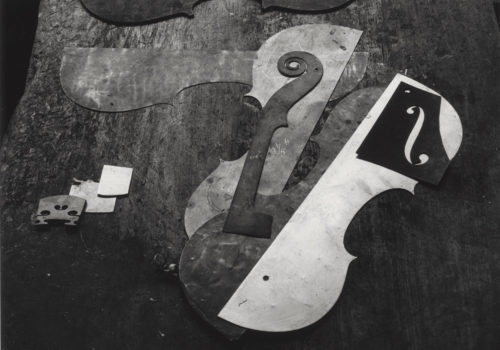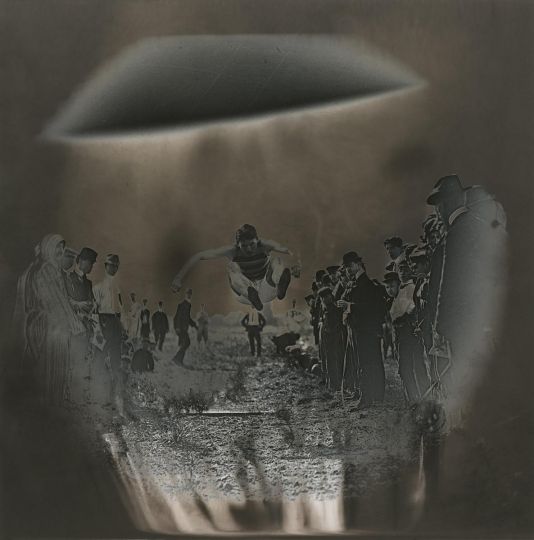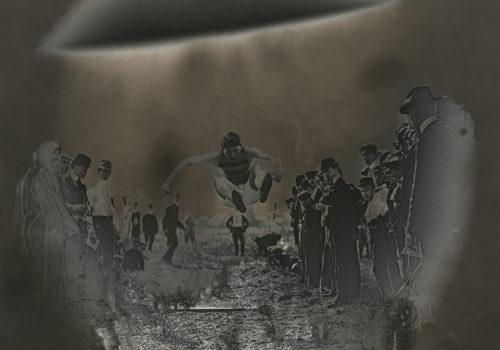Arnold Newman is the man of the hour at the C/O Berlin with the exhibition Masterclass, a retrospective boasting 200 vintage black-and-white photographs. It includes a large number of portraits, some well known, and several still lifes, street scenes and architectural shots from earlier in his career. Contact sheets are on display at the entrance to the exhibition, giving viewers an insight into Newman’s process of editing and framing.
Curated by William Ewing of the Foundation for the Exhibition of Photography, Minneapolis, in collaboration with the Harry Ransom Center in Austin, Texas, the exhibition is divided into ten sections, each highlighting a different aspect of the composition of Newman’s portraits and the relationship between the photographer, his models and their environment. Masterclass indeed serves as a master class in the art of the portrait, a discipline in which Newman made advancements throughout his career.
For more than sixty years, Arnold Newman (1918 – 2006) photographed the world’s most famous painters, writers, musicians, politicians and businessmen: Truman Capote, Marc Chagall, John Fitzgerald Kennedy, Marilyn Monroe, Pablo Picasso, Igor Stravinsky, Andy Warhol, David Hockney, Martha Graham, Max Ernst, Piet Mondrian and Marcel Duchamp, among others
Newman always takes a deep interest in what makes an individual what he or she is. Each portrait is a frozen moment, a biography of the subject made visible. “I am interested in what motivates people, what they do with their lives. I would have made a good psychiatrist,” said Newman, who used every exposure to explore his subject. Every detail is studied in order to render, spatially and intellectually, how the person is composed, and therefore how an image of the person should be composed.
This is how Newman chose his scenery, by turns ornate or spare depending on the subject’s personality. The light is mostly natural but highly controlled nonetheless. The angle is head-on, indirect or somewhere in-between. Great emphasis is placed on the importance of geometry in the composition of his images, a geometry in the framing or in the printing of the image which, cut out and pieced back together, becomes thereby a new work.
“Photography is very unreal. You take a three dimensional world and reduce it to two. You take color and reduce it to black and white. And you arrest the flow of time. There are many things that are very false about photography. You must recognize this, and build on it, and then maybe you will have art,” explained Newman.
His photographs are like Russian dolls: a celebrity is represented through the mirror of his or her own work, the whole captured by Newman’s lens. And his portraits are what remain. They are the mental images that appear in our heads when we think of certain great men and women.
For example, if I say… Stravinsky?
Eva Gravayat
Exhibition
Arnold Newman. Masterclass
Retrospective
Until May 20, 2012
C/O Berlin at the Postfuhramt
International Forum For Visual Dialogues
Oranienburger Straße 35/36
10117 Berlin
Catalogue
Masterclass – Arnold Newman
Texts by William A. Ewing and Todd Brandow
Thames & Hudson, 2012
ISBN 9780500544150
















